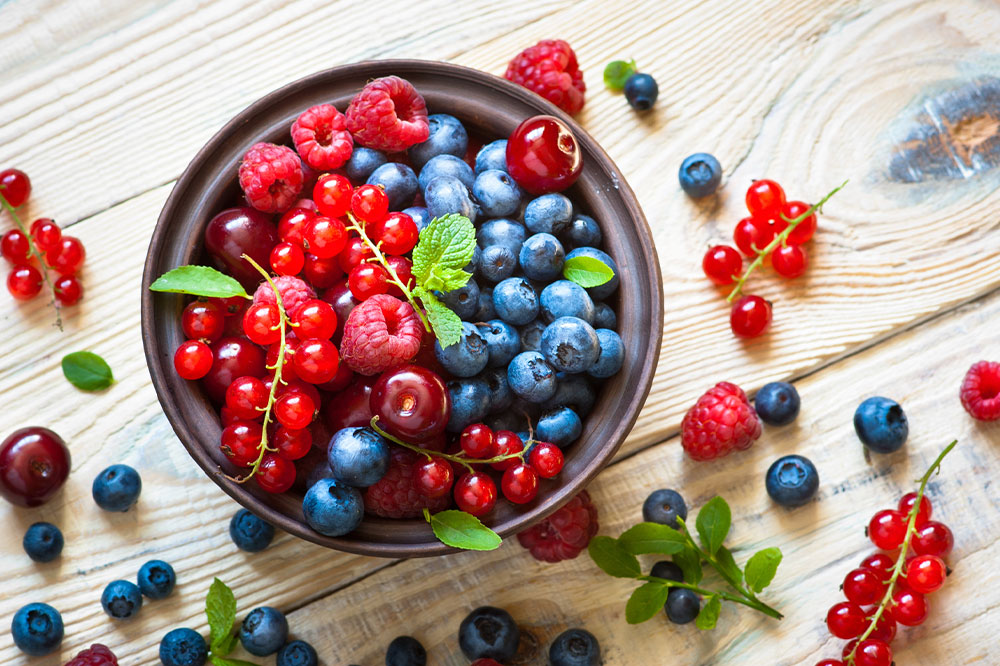Foods and allergens to avoid to manage seizures

A multifaceted strategy, including medical care, lifestyle changes, and changes in meal plans, is needed to manage seizures. Several foods have been discovered to cause or worsen seizures. This article will look at five foods to avoid that may exacerbate the condition. Additionally, it will also look at allergens that cause seizures. Those with epilepsy who know what to eat and what not to eat can make better decisions to help them manage their condition.
Foods to avoid to manage seizures
These five foods should be avoided for managing seizures:
- Artificial additives: Artificial sweeteners, food coloring, and preservatives can trigger seizures. Specific food colorings and aspartame in sodas and other sugar-free goods have been associated with seizures in people with specific medical conditions. It is recommended to study food labels carefully and, whenever feasible, select whole, unadulterated foods.
- Gluten-containing foods: Consuming gluten can aggravate neurological symptoms, such as seizures. Wheat, rye, and other processed foods all contain gluten. Those who suspect they might be gluten intolerant should contact a qualified dietician or doctor.
- Foods high in sodium: Consuming too much sodium can impact how well the brain functions and seizures are controlled. Sodium levels are frequently high in processed foods, fast food, canned soups, and salty snacks. Choose fresh, healthy ingredients and dishes with herbs, spices, and natural flavorings instead.
- Foods with a high glycemic index: Eating foods with a high glycemic index can result in sharp rises and falls in blood sugar levels, which may lead to seizures. This group includes simple carbohydrates such as refined grains, sugary snacks, and sugar-sweetened beverages. Instead, choose complex carbs that gradually and steadily release glucose.
- Nuts: Some people with epilepsy may have certain food allergies or sensitivities that cause seizures. Peanuts, tree nuts, shellfish, dairy products, and eggs are typical food allergies. Under the supervision of a healthcare expert or a trained dietitian, it is essential to identify and avoid certain trigger foods through medical testing or other methods.
It is important to remember that each person will experience these foods’ effects on seizures differently. Collaborating closely with a medical expert, such as a registered dietitian or neurologist, is advised to create a personalized eating regimen that meets one’s unique requirements and efficiently manages seizures. In addition, they can assist patients in developing a balanced meal plan that promotes general health and helps them identify potential triggers.
Common food allergens that trigger seizures
Food allergies can affect the body in various ways, and for some people with epilepsy, particular foods may cause seizures. Therefore, it is critical to recognize and stay away from these allergens to reduce the possibility of having seizures. Here are some typical food allergies to watch out for and tips on how to handle them in regular meals:
- Nuts: Nut allergies, including those to peanuts, almonds, and walnuts, can range from moderate to severe, presenting symptoms like rashes, breathing difficulties, and, rarely, seizures. It is essential to carefully read food labels and avoid items containing traces of nuts when treating a nut allergy. Foods like nut butter, baked goods, and granola bars must be avoided because they frequently contain nuts.
- Dairy: For those with lactose intolerance, dairy products, such as milk, yogurt, cheese, and anything made with milk, might be problematic. Although the link between dairy consumption and seizures is not well established, some people may experience increased seizure activity. Choose an alternate milk such as almond, soy, or oat to eliminate dairy. There are lots of lactose-free options for cheese and yogurt.
- Eggs: Eggs are a frequent allergen to which some people may experience negative responses, including seizures. It’s important to be aware of foods that contain eggs if one tries to avoid them. On food labels, look for words like “albumin,” “egg white,” or “egg yolk.” Investigate substitute ingredients for baking and cooking, like applesauce and mashed potatoes.
- Shellfish : Shellfish, including shrimp, lobster, and crab, can result in life-threatening reactions in those who are allergic to them. These responses can cause anything from stomach problems and hives to more severe symptoms, including breathing difficulties and seizures. As cross-contamination can happen in restaurant kitchens, it is crucial to exercise caution when eating out if one wants to avoid shellfish. To ensure one’s meals don’t contain shellfish, read the labels on the ingredients and let the waitstaff or cooks know about one’s shellfish allergy.
Medical tests or an elimination meal plan under the supervision of a medical practitioner or a trained dietitian may be necessary to diagnose food allergies and sensitivities. They can assist in identifying the exact allergens that may be causing seizures and offer individualized advice on managing them. In addition, keeping a food journal and monitoring any adverse reactions or seizure patterns can be beneficial in identifying potential trigger foods.
Remember that each person may have different sensitivities and triggers. Hence, it’s important to talk to medical specialists to create a personalized meal plan that promotes overall wellness and seizure management. People with epilepsy can lessen their risk of seizures and enhance their general well-being by being vigilant about avoiding common food allergies.
In addition to the above points, medical care, lifestyle modifications, and nutritional considerations must be considered when managing seizures. Foods that increase seizure activity should be avoided for better seizure control, even if the effect varies from person to person. As part of this, people susceptible to food allergies should be aware of common food allergens, such as shellfish, dairy, eggs, and nuts. It is also essential to recognize and treat food intolerances and sensitivities, such as lactose intolerance or food additive sensitivity, to reduce the risk of seizures.
Identifying and removing these triggers from meals can be extremely helpful. Seizure management must be tailored to each individual’s food requirements and triggers. A balanced meal plan can help individuals with epilepsy manage their seizures and improve their overall well-being.


